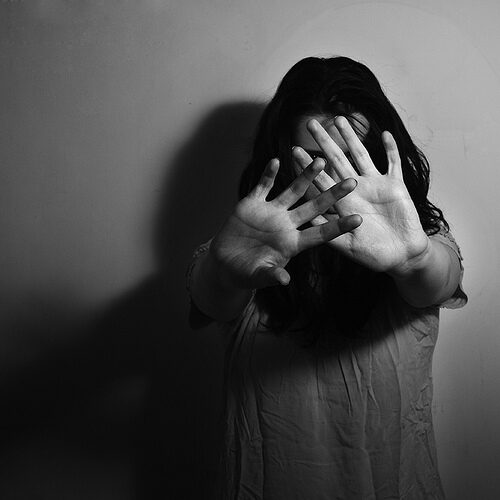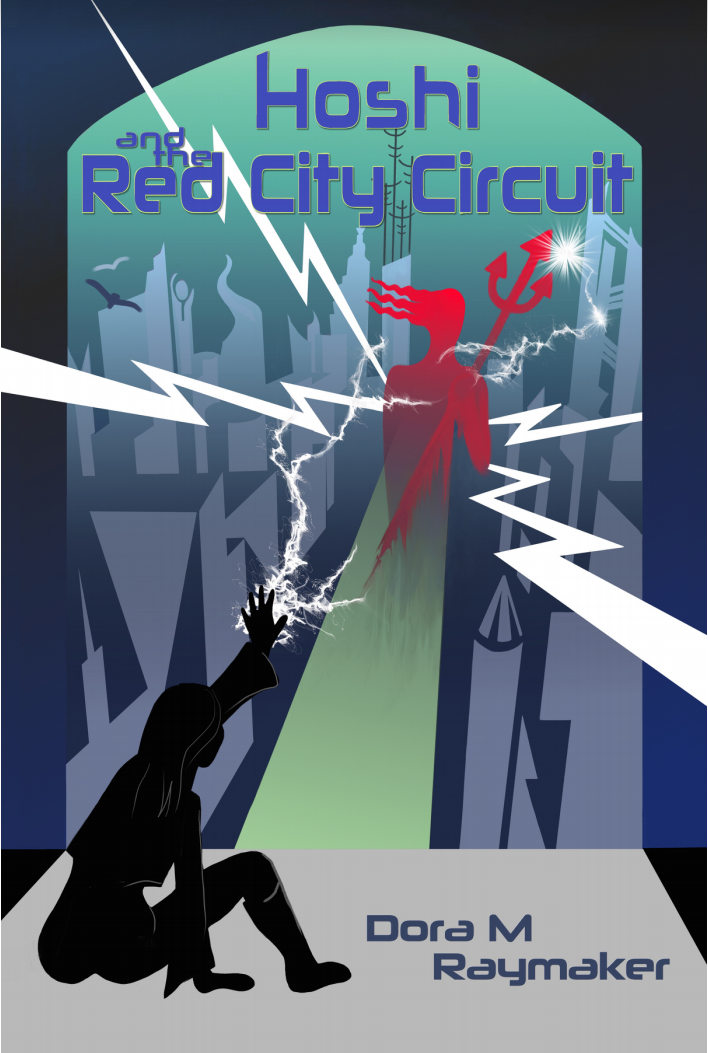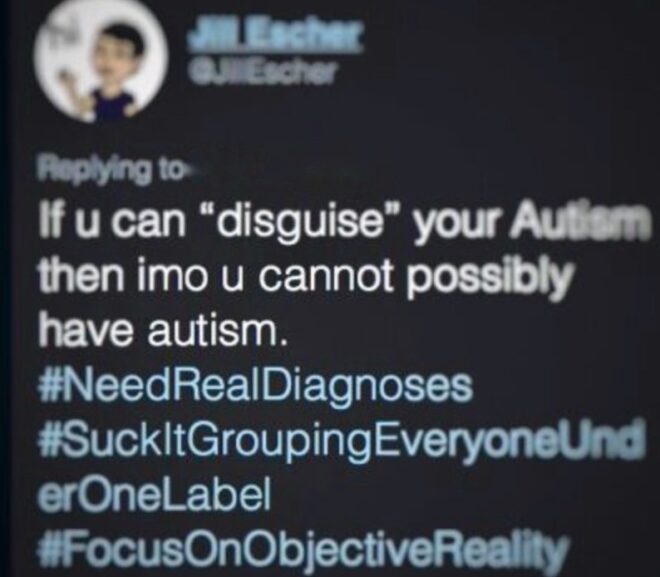Photo via Time. [image: Florida State football player Travis Rudolph, a Black man with short natural hair, eating pizza in a school cafeteria at a table with a white boy with very short red hair and glasses, who is seen from behind.] Kit Mead kpagination.wordpress.com A while back, an example of inspiration porn crossed my Twitter feed: a Florida State University college football player sat down and had lunch with an autistic boy in a cafeteria. The story got picked up by the New York Times. I don’t fault the college football player very much, if it all (but I hope he asked the autistic student if the company would be welcome). The football player probably just saw a person likely excluded by classmates. He wanted to make sure the student was not alone. At worst, there is the element of pity involved, but the act itself was not ill-intended. I…
Tag: Disability
When people generally said to be incapable of communication find ways of making clear what they do and don’t want through means other than words, this is self-advocacy.
CinemAbility poster via Amazon.com [image: Movie poster featuring a shadowy photo of a person in a wheelchair, seen from behind. Headshot of the actors Jane Seymour, Ben Affleck, Jamie Foxx, Marlee Matlin, William H. Macy, and Geena Davis are arranged in a diagonal over the wheelchair user, above large white text reading “CinemAbility The Art of Inclusion.”] Maxfield Sparrow unstrangemind.com CinemAbility: The Art of Inclusion (2018) Directed by Jenni Gold, Leomark Studios Closed Captions I recently and eagerly watched the new documentary CinemAbility: The Art of Inclusion via an Amazon rental. Although I have a couple of complaints, I don’t want to lead with them because the documentary overall was amazing and has been sorely needed. For those who only read articles’ opening paragraphs: you must see this film! You will not regret it. The documentary was filled with interview clips—actors, directors, casting directors, academics. I apologize in advance because I won’t…
Photo: Nancy Marie Davis | Flickr / Creative Commons [image: sepia-tone print of a clenched fist, with superimposed scratched lines.] Maxfield Sparrow unstrangemind.com A little over two years ago, Crystal Garrett wrote an article for Thinking Person’s Guide to Autism about the long-term traumatic effects on her Autistic son of the restraints and seclusion used against him at school. Garrett chose to end her career as a journalist to stay at home and school Zachary herself. Garrett wrote, “We know a restraint and seclusion free environment is realistic. Virginia-based Grafton Integrated Health Network, an organization that works with children and adults with autism and co-occurring psychiatric diagnoses, went restraint and seclusion free ten years ago. Since then, their client and staff injury rate has dramatically gone down, while employee satisfaction has increased. They are now teaching their system, Ukeru, to others across the country, in order to create a trauma-informed…
Accessibility is too important for us to ignore just because it can be difficult or unpopular. We also can’t choose one group and decide to make everything accessible to them, and inaccessible to other people.
At any given time, I have to pause and give serious consideration as to whether or not turning a light on or off, or walking to a different room, will be worth the discomfort. I think for most people, this can seem like a minor thing, but in the course of a day, even minimal differences with lights can add up to a substantial impact.
[image: Illustrated cover of the book Hoshi and the Red City Circuit, by Dora M Raymaker, featuring a person in silhouette sitting on the ground fending off rays of power from a pitchfork-wielding person silhouetted in red.] Kelly Israel Introduction Hoshi and the Red City Circuit, the debut work by Dora Raymaker, is first and foremost an excellent page-turning detective story about private investigator Hoshi Archer’s race to discover who murdered three Operators. Operators are a caste of people with disabilities. They are also the only people who have the ability to run the multi-layered, complex technology of the future. It is next a story about Hoshi herself and the many friends, allies, acquaintances, enemies, and lovers she has known and cared for on her way to becoming the person that she is. Hoshi is also a story that grapples with the intellectual and developmental disability (I/DD) community’s ghosts and…
Kerima Çevik theautismwars.blogspot.com The author’s idea of what displaying autism positivity looks like [Image: a Black woman over 50 with braided gray hair wearing Neurodiversity 3.0 by ThinkGeek, a black T-shirt with a world globe design on the upper chest area in the shape of a human brain, colored in physical map fashion i.e., water is colored light blue and land masses green, clouds white, looking to her left over bent wire-rimmed glasses in that way that mothers look at their children when an outrageous behavior has just ensued.] There is an article in a paper called The Daily Net, about singer Toni Braxton’s 16-year-old son Diezel working as a professional model for the past two years. The article refers to him as “formerly autistic.” It goes on to say he has, “fortunately, moved past” autism and is now a celebrity himself. Apparently, when her son was thirteen, Ms. Braxton…
It’s important to avoid infantilising your teen or adult autistic offspring, meaning treating them as though they will always be a child—whether they’re five, fifteen or thirty-five.
It’s not okay to dismiss one autistic person’s lived experience as having nothing to do with “real” autism simply because you don’t understand what autism is like for them.








